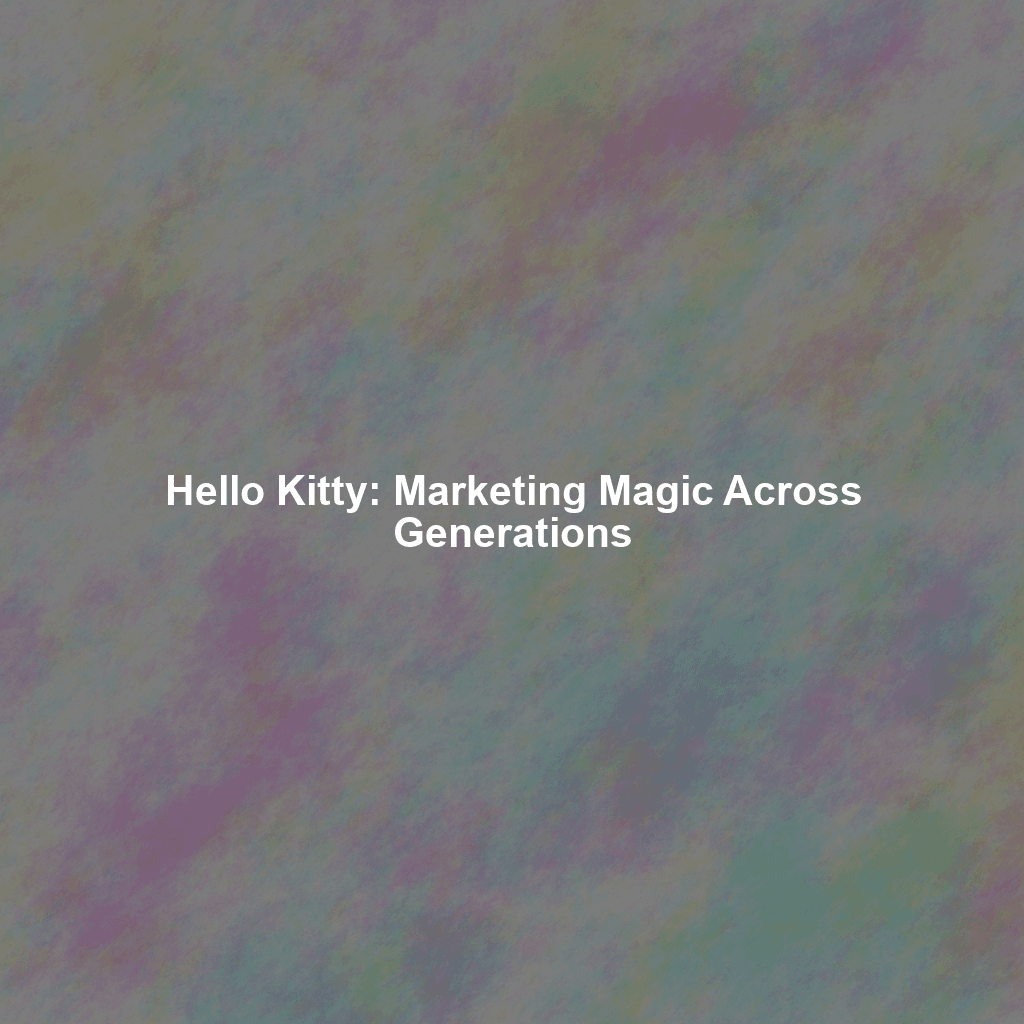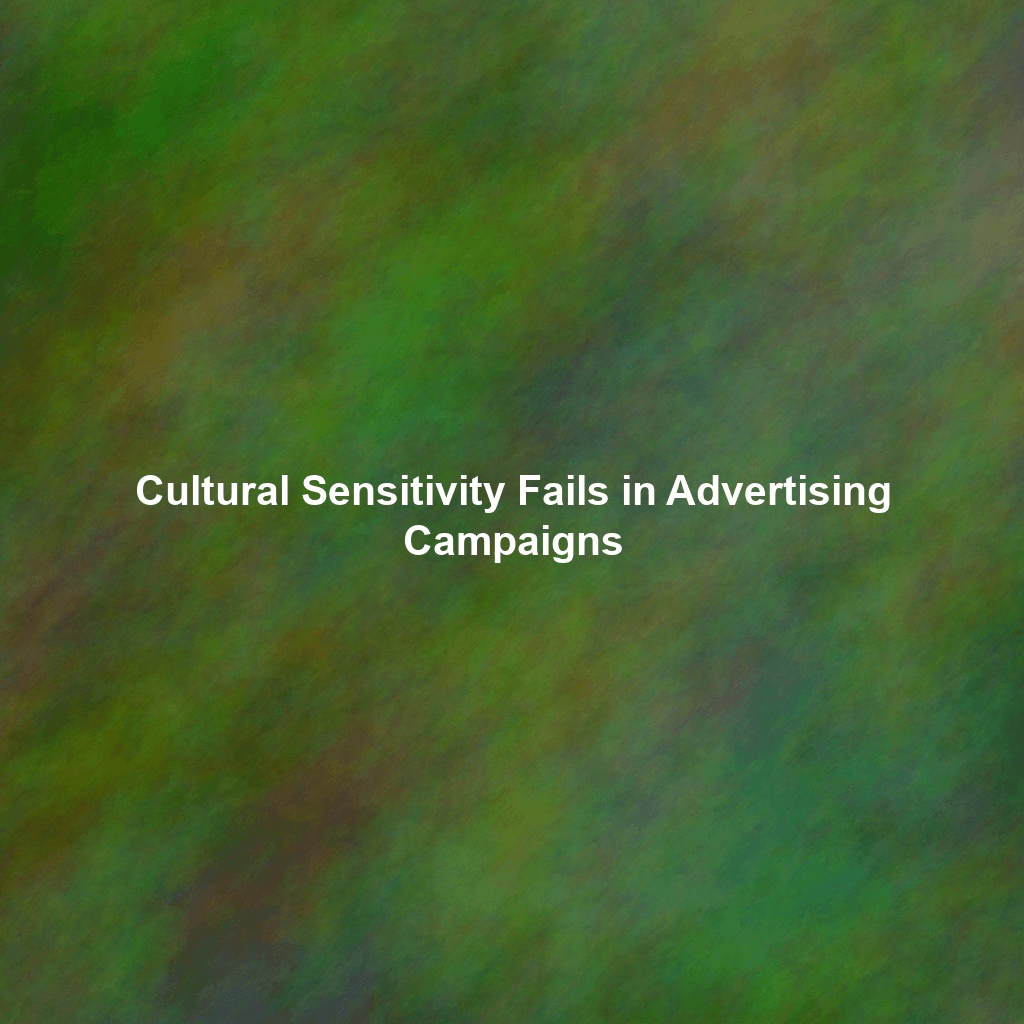The Genesis of a Global Icon: Hello Kitty’s Early Days
Hello Kitty first appeared on a small vinyl coin purse in Japan in 1974. Created by Yuko Shimizu, the design was simple yet endearing. Initially targeted at young girls, the early marketing focused on associating Hello Kitty with cuteness and childhood innocence. Sanrio, the parent company, understood the power of visual appeal and created a character that was instantly recognizable and easily adaptable to various products.
The early success can be attributed to a few key factors:
- Simplicity of Design: Hello Kitty’s minimalist design makes her instantly recognizable and easily reproducible across various mediums.
- Association with Positive Emotions: The character evokes feelings of happiness, friendship, and nostalgia.
- Targeted Marketing: Sanrio focused its initial marketing efforts on specific demographics, ensuring maximum impact.
Mastering the Art of Collaboration and Licensing
One of the most significant factors in Hello Kitty’s longevity is Sanrio’s masterful use of licensing and collaborations. Rather than confining the character to traditional children’s products, Sanrio strategically partnered with brands across diverse industries, expanding Hello Kitty’s reach and appeal.
High-Fashion and Luxury Collaborations
Hello Kitty has graced high-fashion runways through collaborations with brands like MCM, Swarovski, and even Comme des Garçons. These partnerships elevate the character beyond its perceived “kiddie” image, appealing to a more mature and sophisticated audience.
These collaborations serve multiple purposes:
- Brand Elevation: Associating Hello Kitty with luxury brands enhances its perceived value.
- Expanding Target Audience: Reaches a new demographic that might not typically purchase Hello Kitty merchandise.
- Creating Buzz and Excitement: Limited-edition collaborations generate hype and demand.
Everyday Product Licensing
Beyond high-fashion, Hello Kitty’s image appears on everything from stationery and lunchboxes to toasters and even cars. This ubiquity reinforces the character’s presence in everyday life, creating a constant reminder of its appeal.
The Power of Limited Editions
Sanrio frequently releases limited-edition Hello Kitty merchandise, often tied to specific events, holidays, or locations. This strategy creates a sense of urgency and exclusivity, driving sales and fostering a collector’s mentality.
Adapting to Cultural Contexts: A Global Strategy
Hello Kitty’s global success is not solely due to product placement; it’s also a result of Sanrio’s sensitivity to cultural contexts. The brand adapts its marketing strategies and product lines to resonate with local tastes and preferences.
Regional Variations
Hello Kitty’s design and product offerings vary across different regions. For example, Hello Kitty merchandise in Japan often incorporates traditional Japanese motifs and themes, while products in other countries might reflect local holidays or cultural icons.
Embracing Digital Platforms and Localization
Sanrio actively engages with its global audience through social media and localized websites. This ensures that Hello Kitty remains relevant and accessible in different cultural contexts. By offering content in multiple languages and tailoring marketing campaigns to specific regions, Sanrio fosters a sense of connection with its diverse fanbase.
Cross-Cultural Appeal of “Kawaii”
The “kawaii” (cute) aesthetic, deeply rooted in Japanese culture, is a key element of Hello Kitty’s global appeal. This aesthetic transcends cultural boundaries, resonating with individuals who appreciate cuteness and playfulness. The universality of “kawaii” contributes significantly to Hello Kitty’s worldwide popularity.
The Psychology of Hello Kitty’s Enduring Popularity
Beyond the marketing strategies, there are underlying psychological factors that contribute to Hello Kitty’s enduring popularity. These factors tap into fundamental human needs and desires.
Nostalgia and Comfort
For many adults, Hello Kitty evokes feelings of nostalgia, reminding them of their childhood. The character provides a sense of comfort and familiarity in a rapidly changing world. This nostalgia is powerfully leveraged in marketing campaigns targeting adults, focusing on the character’s timeless appeal.
Simplicity and Innocence
Hello Kitty’s mouthless design is often interpreted as a blank canvas onto which individuals can project their own emotions and experiences. This ambiguity allows for a deep personal connection with the character. Her lack of a mouth also contributes to her perceived innocence and approachability.
The Power of Collectibles
The vast array of Hello Kitty merchandise fosters a collector’s mentality. Collecting Hello Kitty items becomes a hobby and a form of self-expression for many fans. The continuous release of new products and limited-edition items ensures that the collector’s passion remains ignited. Consider this carefully: fostering that collectability within a product line is a clear opportunity for smaller brands.
Community and Shared Identity
Hello Kitty fans often connect with each other through online communities, fan clubs, and events. This sense of community reinforces their shared identity as Hello Kitty enthusiasts. Sanrio actively fosters these communities through social media and organized events, creating a loyal and engaged fanbase.
Lessons for Smaller Brands: What Can We Learn from Hello Kitty’s Success?
Hello Kitty’s success story offers valuable lessons for smaller brands seeking to build lasting brand loyalty and expand their reach. While replicating Hello Kitty’s specific path may not be possible, the underlying principles can be applied to diverse industries.
Brand Building Through Storytelling
Even without a mouth, Hello Kitty has a story, and more importantly, allows you to project your story onto her. Smaller brands should focus on creating compelling narratives around their products or services. This storytelling can be conveyed through marketing materials, social media, and even product design. Building an emotional connection with your audience is crucial for fostering brand loyalty.
Strategic Partnerships and Collaborations
Hello Kitty’s collaborations with diverse brands demonstrate the power of strategic partnerships. Smaller brands should explore opportunities to collaborate with complementary businesses, expanding their reach and appealing to new audiences. These collaborations can involve co-branded products, joint marketing campaigns, or cross-promotional activities. This extends market access and potentially creates brand recognition gains via association with a better-known partner.
Cultivating a Community
Building a strong community around your brand is essential for long-term success. Engage with your audience through social media, online forums, and events. Encourage customer feedback and create opportunities for fans to connect with each other. A strong community fosters brand loyalty and word-of-mouth marketing.
Adaptability and Innovation
Hello Kitty’s ability to adapt to changing trends and cultural contexts is a key factor in its longevity. Smaller brands should be prepared to evolve their products and marketing strategies to remain relevant. This requires continuous market research, customer feedback, and a willingness to experiment with new ideas. Don’t be afraid to refresh the brand – a slight tweak can create new interest. Look at how Hello Kitty has changed through the decades.
The Importance of Visual Appeal
Hello Kitty’s simple yet appealing design is instantly recognizable. Smaller brands should invest in high-quality design and branding. Visual appeal is crucial for capturing attention and creating a positive first impression. A well-designed logo, attractive packaging, and visually engaging marketing materials can significantly impact brand perception.
Focus on Building Brand Recognition
Even if a smaller brand cannot afford massive advertising campaigns, consistency in branding, active participation in relevant communities, and offering exceptional customer experiences can gradually build brand recognition. A small, but memorable, brand is preferable to a big, but forgettable, one.
Embrace the Power of “Cute” Where Appropriate
While not every brand can or should embrace the “kawaii” aesthetic, the underlying principle of creating products and marketing materials that evoke positive emotions is universally applicable. Consider how you can inject elements of joy, playfulness, or nostalgia into your brand to resonate with your target audience. This depends heavily on the target demographic, however; a funeral home probably wouldn’t benefit from cuteness!
Conclusion: Hello Kitty’s Legacy and Enduring Influence
Hello Kitty’s journey from a simple coin purse to a global cultural icon is a testament to the power of effective marketing, strategic collaborations, and a deep understanding of human psychology. Sanrio has successfully adapted Hello Kitty to appeal to different generations and cultural contexts, creating a brand that is both timeless and ever-evolving. By understanding the principles behind Hello Kitty’s success, smaller brands can gain valuable insights into building lasting brand loyalty, expanding their reach, and connecting with their audience on a deeper level. Her enduring appeal underscores the importance of creating a brand that is not just a product or service, but a cultural phenomenon.
This article was optimized and published by Content Hurricane.
 Skip to content
Skip to content

